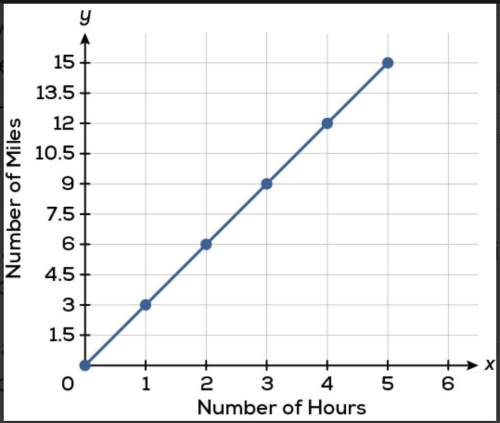
Computers and Technology, 19.11.2020 22:00 nails4life324
For Questions 1-4, consider the following code: def mystery1(x): return x + 2 def mystery2(a, b = 7): return a + b #MAIN n = int(input("Enter a number:")) ans = mystery1(n) * 2 + mystery2 (n * 3) print(ans)
What is the output when the user enters -4?
What is the output when the user enters 3?
What is the output when the user enters -2?
What is the output when the user enters 9?

Answers: 1


Another question on Computers and Technology

Computers and Technology, 22.06.2019 01:40
Kali, a python programmer, is using the turtle module to write the word “hello.” which code should she use to indicate the location to begin writing the word? a # pick up the turtle and move it to its starting location. b penup(-100, 200) goto() pendown() c penup() goto(-100, 200) pendown() d # pick up the turtle and move it to (-100, 200)
Answers: 2

Computers and Technology, 23.06.2019 15:30
Brian wants to conduct an online search with a certain phrase. he intends to use the words books that belong to the 1800s in his search. how should he use the word that in his search?
Answers: 1

Computers and Technology, 23.06.2019 20:00
How much current flows through the alternator brushes? a. 2–5 a b. 25–35 a, depending on the vehicle c. 5–10 a d. 10–15 a
Answers: 2

Computers and Technology, 24.06.2019 15:30
The idea that, for each pair of devices v and w, there’s a strict dichotomy between being “in range” or “out of range” is a simplified abstraction. more accurately, there’s a power decay function f (·) that specifies, for a pair of devices at distance δ, the signal strength f(δ) that they’ll be able to achieve on their wireless connection. (we’ll assume that f (δ) decreases with increasing δ.) we might want to build this into our notion of back-up sets as follows: among the k devices in the back-up set of v, there should be at least one that can be reached with very high signal strength, at least one other that can be reached with moderately high signal strength, and so forth. more concretely, we have values p1 ≥ p2 ≥ . . ≥ pk, so that if the back-up set for v consists of devices at distances d1≤d2≤≤dk,thenweshouldhavef(dj)≥pj foreachj. give an algorithm that determines whether it is possible to choose a back-up set for each device subject to this more detailed condition, still requiring that no device should appear in the back-up set of more than b other devices. again, the algorithm should output the back-up sets themselves, provided they can be found.\
Answers: 2
You know the right answer?
For Questions 1-4, consider the following code: def mystery1(x): return x + 2 def mystery2(a, b = 7)...
Questions

Mathematics, 10.12.2019 02:31

English, 10.12.2019 02:31



Mathematics, 10.12.2019 02:31

Chemistry, 10.12.2019 02:31

Mathematics, 10.12.2019 02:31

Mathematics, 10.12.2019 02:31

Mathematics, 10.12.2019 02:31

Mathematics, 10.12.2019 02:31


Mathematics, 10.12.2019 02:31



Mathematics, 10.12.2019 02:31

Geography, 10.12.2019 02:31


English, 10.12.2019 02:31

English, 10.12.2019 02:31




